PRESENTATION: Alex Katz-Sunrise
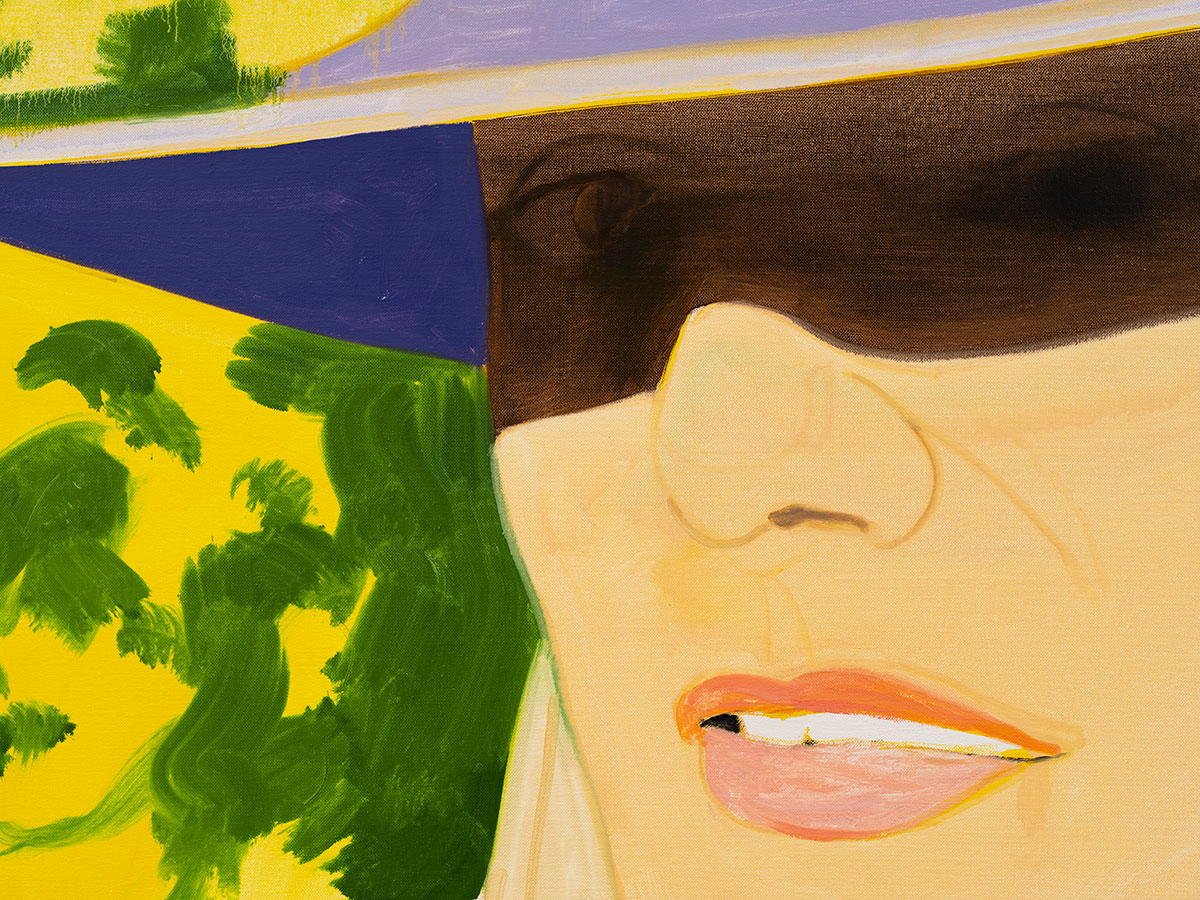 Coming of age as an artist in 1950s New York, Alex Katz developed his unique approach to contemporary representational painting at the height of Abstract Expressionism. Over the seven decades since his first exhibition in 1954, he has produced a celebrated body of work, including paintings, drawings, sculpture and prints. He draws inspiration from films, billboard advertising, music, poetry and his close circle of friends and family. Primarily working from life, he produces images in which line and form are expressed through carefully composed strokes and planes of flat color.
Coming of age as an artist in 1950s New York, Alex Katz developed his unique approach to contemporary representational painting at the height of Abstract Expressionism. Over the seven decades since his first exhibition in 1954, he has produced a celebrated body of work, including paintings, drawings, sculpture and prints. He draws inspiration from films, billboard advertising, music, poetry and his close circle of friends and family. Primarily working from life, he produces images in which line and form are expressed through carefully composed strokes and planes of flat color.
By Efi Michalarou
Photo: MAK Center for Art and Architecture Archive
The exhibition “Sunrise” by Alex Katz is the latest iteration by the 95-year-old artist’s ongoing series he refers to as ‘splits’. Using a cut-up technique he blends inspiration from Manet’s pictures of women in hats in the sun, the fractured imagery from early cubism as well as the ‘cheap’ quality in Fassbinder’s “Beware of a Holy Whore”, these large-scale immersive portraits of Sunrise Coigney encapsulate the fleeting nature of the gaze inside everyday life. The son of Russian immigrants interested in art and poetry, Alex Katz was first educated at the Woodrow Wilson School in New York, which combined an academic and an artistic training. In 1946 he enrolled at the Cooper Union Art School in Manhattan where he first assimilated the theories and techniques of modern art. After graduating inΞ show at the Roko Gallery, both in New York. In late 1950, following a period of creative uncertainty, Katz began to focus increasingly on portraiture. He painted his own circle of friends and above all his second wife and muse, Ada del Moro, whom he met in 1958. She became his most habitual model and is the subject of more than 1,000 works. Katz has explained that he only aimed to convey the appearance of the sitter, their surface dimension, without involving himself emotionally. It was at this point that he started to use the flat, monochromatic backgrounds which would become one of the characteristics of his style. The figure is presented as separate from the background in a bare space without any spatial references, objects or light sources. Shortly after and influenced by cinema screens and advertising hoardings, Katz started to produce large-scale paintings, marking a turning point in his career. His intention at this point was to take figurative painting to the format of the large-scale canvas characteristic of the Abstract Expressionists, which was something that had not been done previously. At the same time that he increased the size of the support, however, he also enlarged the sitter’s face, for which reason he began to paint large, close-up portraits against backgrounds of a uniform color, with fragmented features and frequently very tight compositional framings, even drastically truncating the face. This can be seen in works such as “The Red Smile” (1963) and “Red Coat” (1982), in which the red is the most prominent element. Katz continued to explore the possibilities of portraiture by producing series on a single canvas. A portrait could be double or multiple like a type of photographic contact sheet or freeze-frame shots in film. He persisted with his idea of not conveying the sitters’ personalities and of not showing them in different roles or at different moments of their lives but rather of presenting the subject Alex Katz, “The Black Jacket” (1972) combines five images in a sequence, offering viewpoints from different frontal and profile angles. Katz’s early repetitions preceded Andy Warhol’s and his technique is completely different: while Warhol made it automatic through the use of serigraphy, Katz painted the image again in each repetition, giving rise to a different result each time. The exhibition also includes examples of recent multiple portraits such as “Nicole 1” (2016) and “Vivien” (2016). Starting in the mid-1960s and over the following decades, Katz produced group portraits that reflected the social context of the painters, poets, critics and photographers of his circle. They are no longer presented against plain backgrounds but in realistic settings.
Photo: Alex Katz, Sunrise 4 (detail), 2021, Oil on linen, 72 x 48 inches (182.9 x 121.9 cm), © Alex Katz / VAGA at Artists Rights Society (ARS), NY Courtesy of the artist and Gladstone Gallery
Info: MAK Center for Art and Architecture, Schindler House, 835 North Kings Road, West Hollywood, CA, USA, Duration: 16/2-12/3/2023, Days & Hours: Wed-Sun 11:00-18:00, www.makcenter.org/
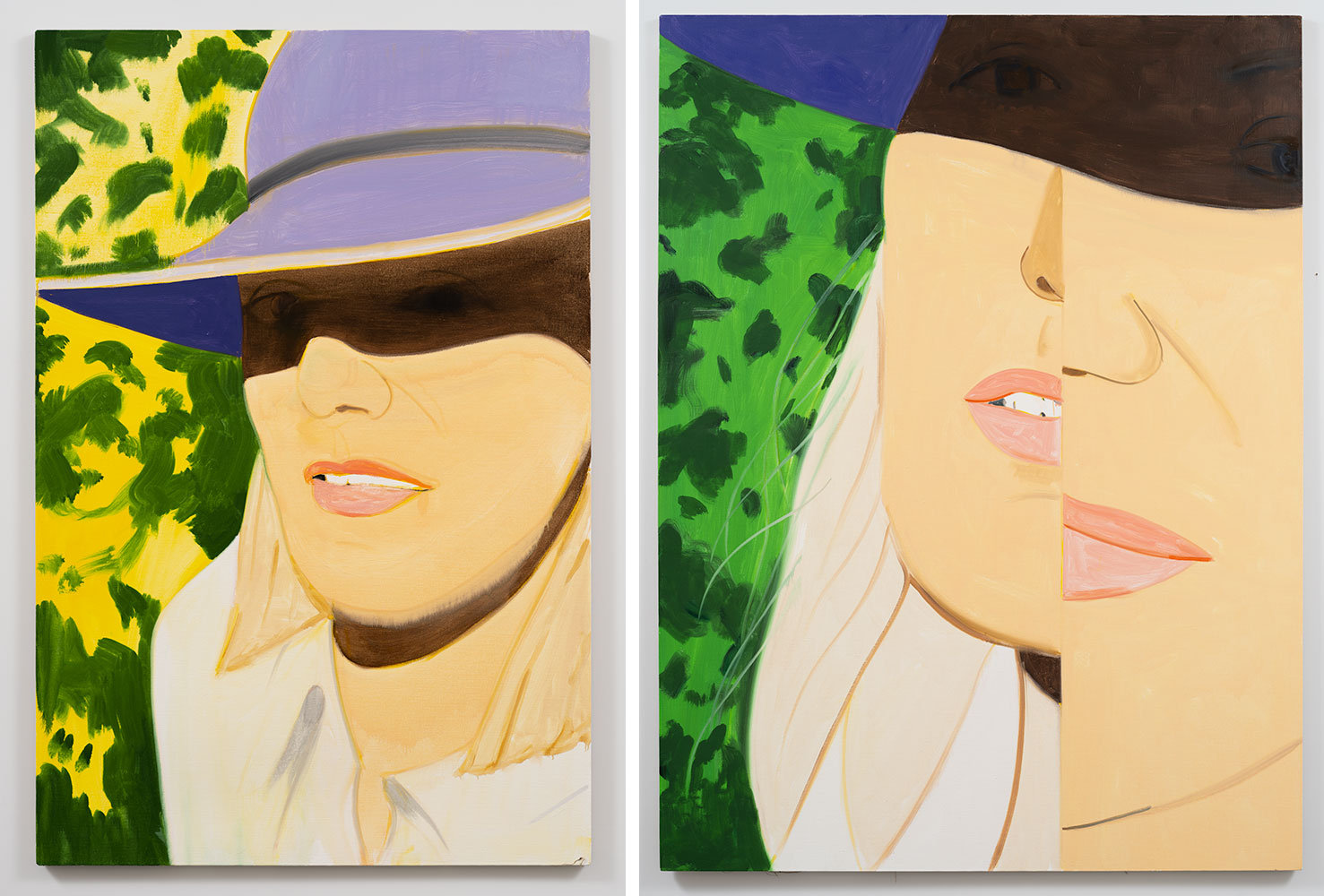
Right: Alex Katz, Sunrise 10, 2021, Oil on linen, 96 x 72 inches (243.8 x 182.9 cm), © Alex Katz / VAGA at Artists Rights Society (ARS), NY Courtesy of the artist and Gladstone Gallery
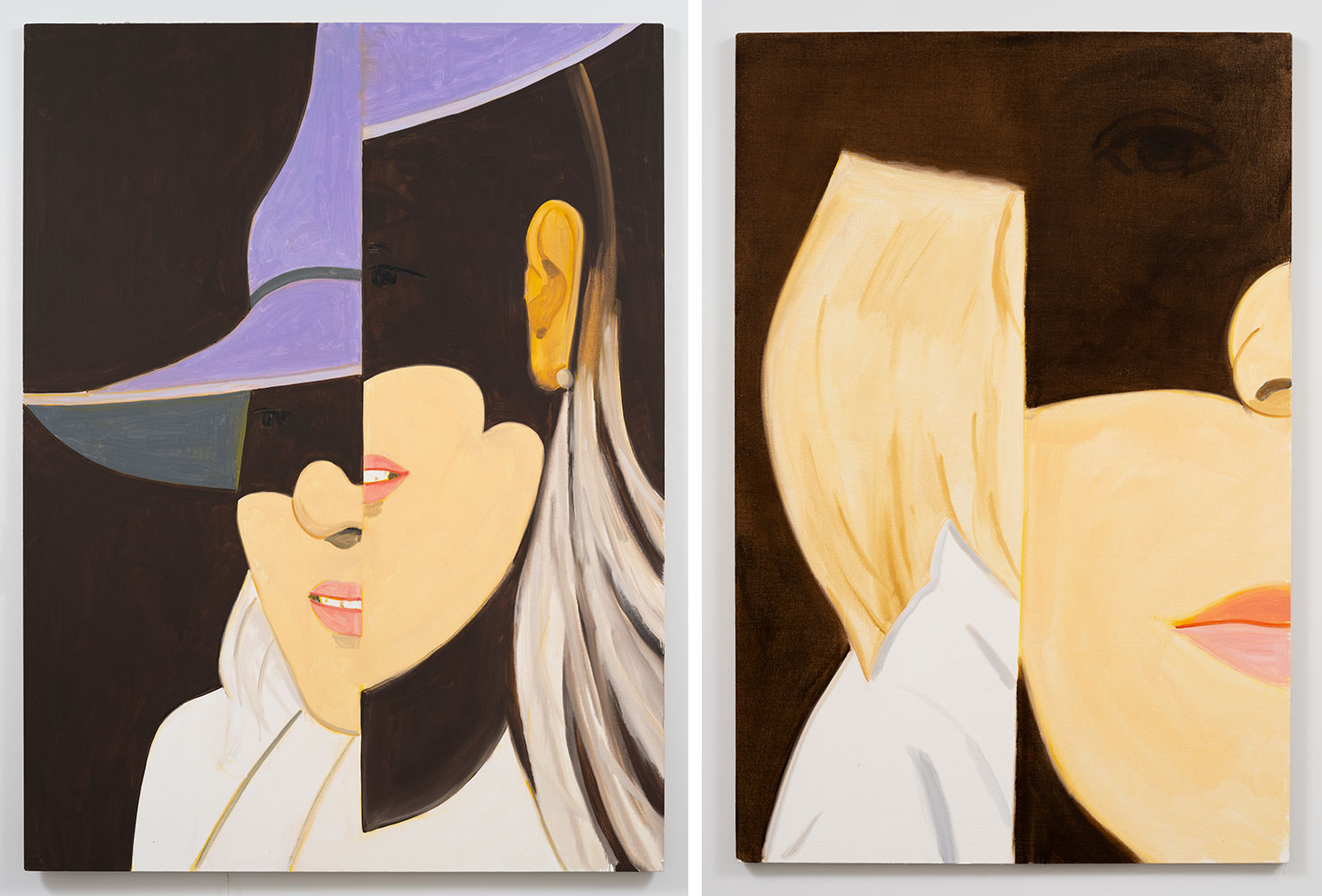
Right: Alex Katz, Sunrise 7, 2021, Oil on linen, 72 x 48 inches (182.9 x 121.9 cm), © Alex Katz / VAGA at Artists Rights Society (ARS), NY Courtesy of the artist and Gladstone Gallery
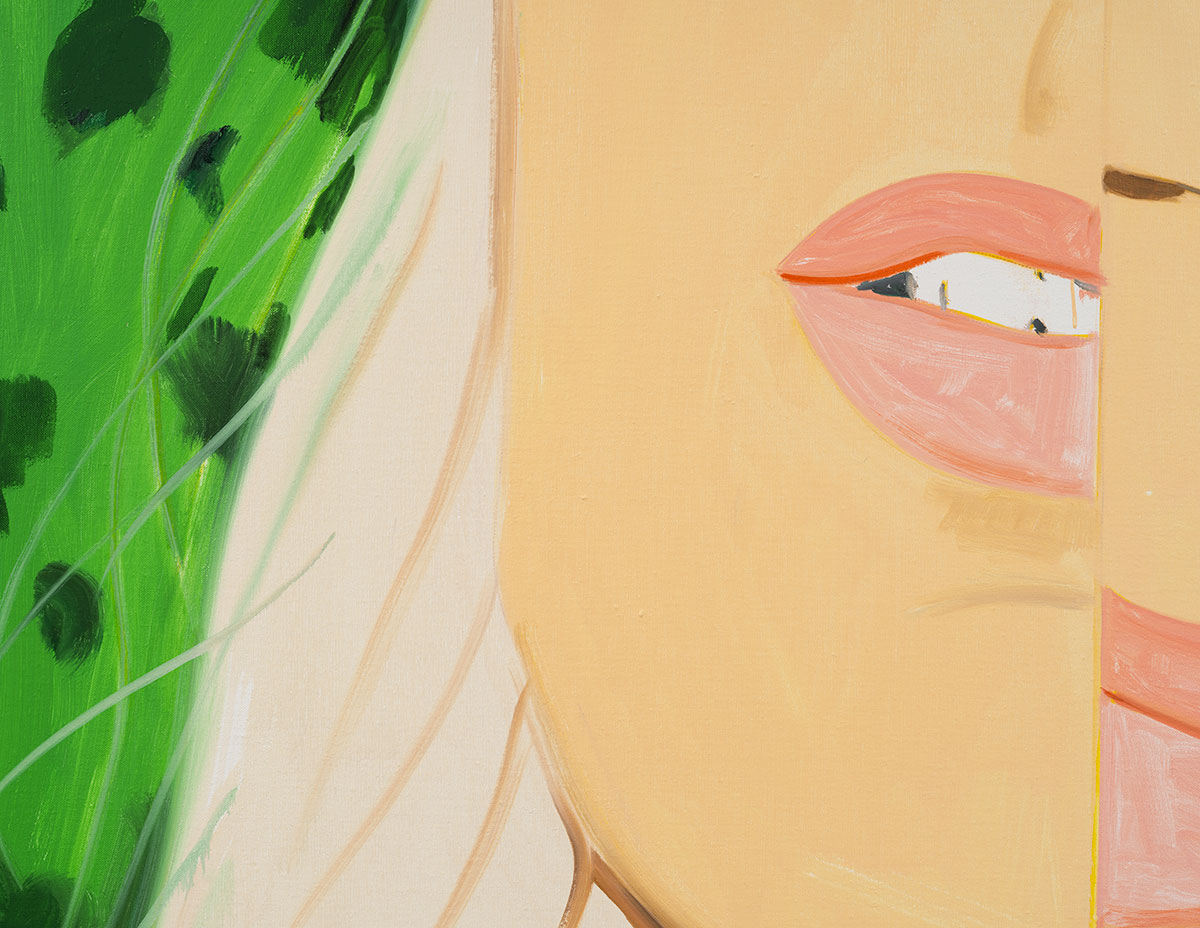
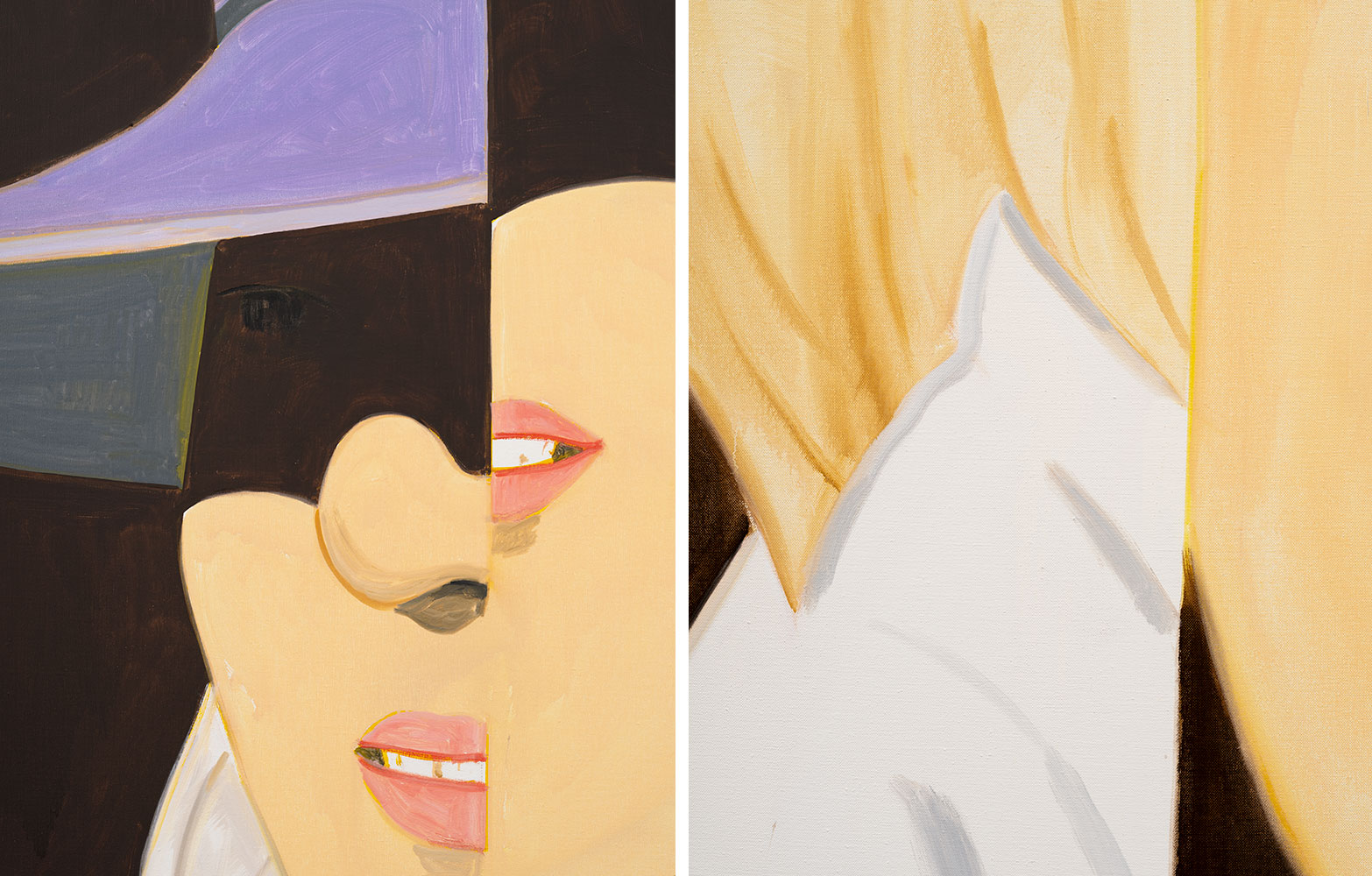
Right: Alex Katz, Sunrise 10 (detail), 2021, Oil on linen, 96 x 72 inches (243.8 x 182.9 cm), © Alex Katz / VAGA at Artists Rights Society (ARS), NY Courtesy of the artist and Gladstone Gallery
